At 525 S. Winchester Blvd, San Jose, California, sits a 24,000-square-foot mansion with 160 rooms and thousands of doors and windows. It is known as the Winchester Mystery House and is often included on lists of the top haunted places in California.
You may have heard the story behind the mansion and the reason why it was built. As the story goes, Sarah Winchester a widow and the heir to the Winchester rifle fortune, was haunted by the spirits of those killed by the Winchester rifle. A medium reportedly told her to build her home and to continue expanding it to confuse the spirits. This was said to be the reason why the mansion was built like a labyrinth and has stairs that lead to nowhere and doors that open to nothing.
The story, which many accept as fact, even made it to the big screen. In 2018, the movie Winchester was released starring Helen Mirren as Sarah Winchester and focused on how she was tormented by the ghosts. The film was inspired by the story about the Winchester Mystery House, but it’s far from fact.
Sarah Winchester’s background
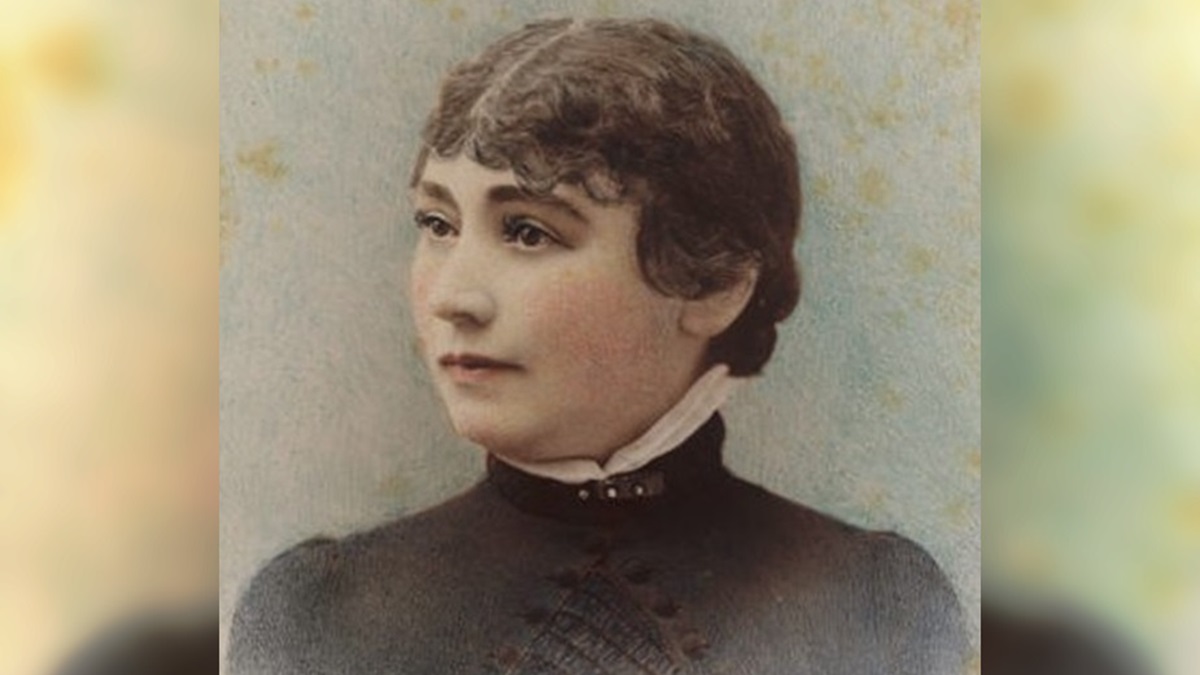
Sarah Lockwood Pardee was originally from New Haven, Connecticut. In 1862, she married William Winchester, the son of Oliver Winchester, the founder of the Winchester Repeating Arms Company, a business that manufactured firearms and ammunition. Oliver’s business was so lucrative that it sold more than 700,000 rifles in a little over 40 years.
Four years after their marriage, Sarah and William welcomed a daughter they named Annie. Her life was cut short, however, as she died at just six weeks old. The death was devastating for the couple, and they didn’t have any more children together. Four years later, Sarah’s father died. She was dealt another blow when both her mother and father-in-law, Oliver, died in 1880. His son, William, was to take over the business, but he, too died in 1881 after succumbing to a long battle with tuberculosis. Sarah inherited $20 million (about $615 million in today’s money) as well as half ownership of the Winchester Repeating Arms Company.
Sarah suffered from rheumatoid arthritis, a condition that affects the joints and can cause painful swelling. As a result, her doctor advised her to move to a warmer climate. At about the same time, her sister died. Sarah needed a change of scenery after all the losses she experienced, and it would be good for her physical health as well. That was when she decided to move to San Jose, California.
The beginnings of the Winchester Mystery House
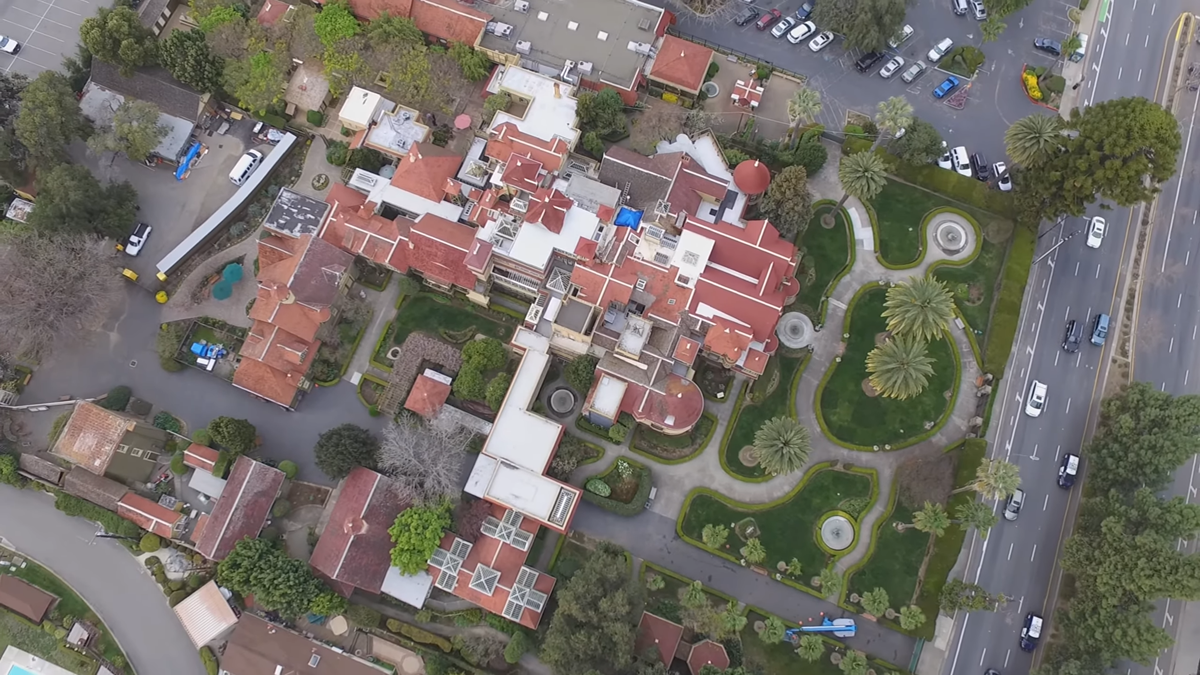
Sarah purchased the property in 1886. The original house was an eight-bedroom, two-story farmhouse that Sarah wanted to renovate and expand. She had always been interested in architecture and wanted to plan the expansions herself. However, she wasn’t a professional, which often led to oversights and miscalculations.
In a letter she sent her sister-in-law in 1898, she said she constantly had to make changes. “For instance, my upper hall which leads to the sleeping apartment was rendered so unexpectedly dark by a little addition that after a number of people had missed their footing on the stairs I decided that safety demanded something to be done,” she wrote. That was the main reason why the mansion had an unusual design.
Despite the challenges, Sarah worked closely with her hired carpenters and kept building. After all, she had the money to do what she wanted. Construction continued and by 1895, the once regular-looking home had expanded so much that it piqued the interest of locals.
The rumors about Sarah and her unusual house
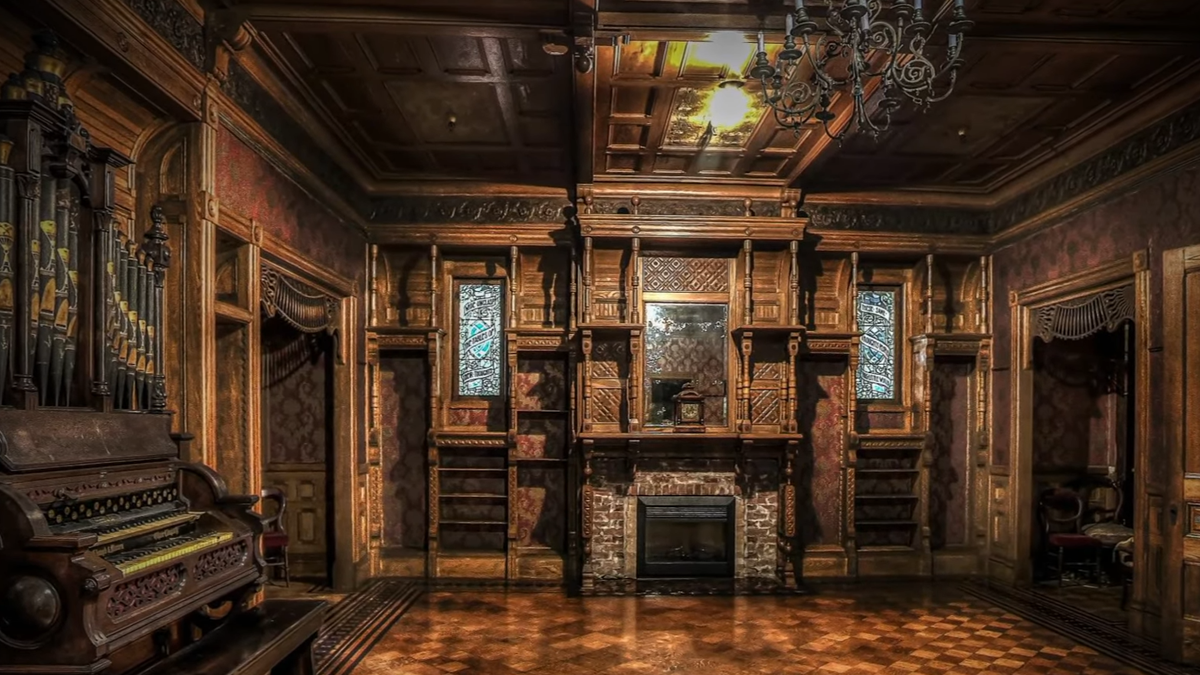
Sarah was seen as an eccentric woman, and she didn’t mingle with society people despite her financial standing. She chose to keep to herself and instead made friends with her staff and the carpenters who worked on her mansion. This might be the reason why rumors started to circulate about her.
In 1895, the San Francisco Chronicle published an article that was most likely the catalyst for the rumors about Sarah and her unusual mansion. “The sound of the hammer is never hushed… The reason for it is in Mrs. Winchester’s belief that when the house is entirely finished she will die,” the article read. Over the years, more articles that consisted of speculations about Sarah were released, but she wasn’t bothered enough to refute the claims.
According to Winchester Mystery House historian Janan Boehme, Sarah most likely avoided mingling with other people, as her hands and feet were disfigured due to her rheumatoid arthritis, and she had also lost some of her teeth. There are no records of Sarah consulting a psychic about ghosts haunting her. In fact, during her lifetime, there were no reports of such thing, even in articles where she was berated for spending so much money on her home. She was only described as an eccentric widow, but somehow rumors spread that she was mentally unstable and believed in supernatural superstitions.
Based on Boehme’s research, the continuous construction was a philanthropic effort on the widow’s part. It was done to provide her workers with employment amid a bad economy.
Sarah Winchester’s death
Sarah died on Sept. 5, 1922, of congestive heart failure. She was buried in Connecticut beside the graves of William and their daughter. She named her close family members and employees in her will. After her death, rumors still abound about her sanity and her belief in ghosts, much to the chagrin of her employees, who knew her very well.
A statement from Frank Leib, the son of Sarah’s long-time lawyer, Roy Leib, was included in the book Captive of the Labyrinth: Sarah L. Winchester, Heiress to the Rifle Fortune. The statement read, “Mrs. Winchester was a sane and clear headed woman as I have ever known, and she had a better grasp of business and financial affairs than most men. The commonly believed supposition that she had hallucinations is all bunk.” All of those closest to the widow said she was neither mad nor superstitious. Instead, they all described her as a kind woman.
The Winchester Mystery House today
The Winchester Mystery House has 160 rooms, 13 bathrooms, 6 kitchens, 52 skylights, 17 chimneys, 2,000 doors, and 10,000 windows. It has been opened to public tours since 1923, just six months after Sarah’s death.
The tour allows visitors to learn more about Sarah, the house, and the unique architecture of the home. As for whether the house is haunted, some guests believe they’ve felt or seen something while on the property, but claims can’t be confirmed or denied.

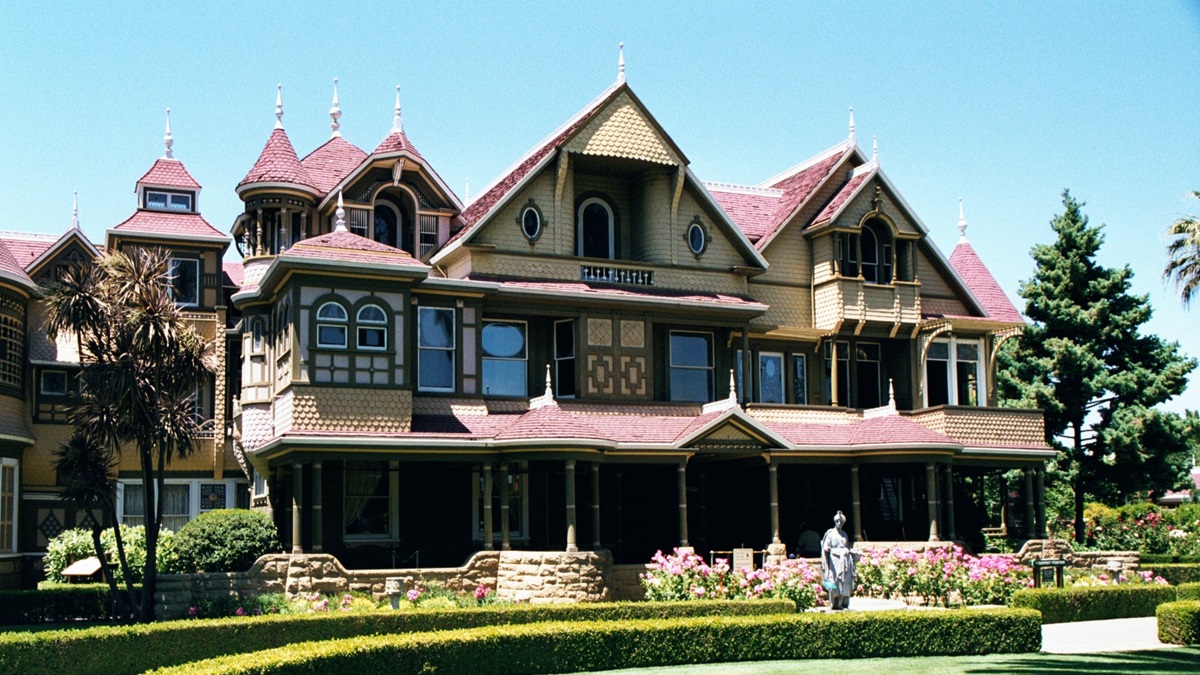






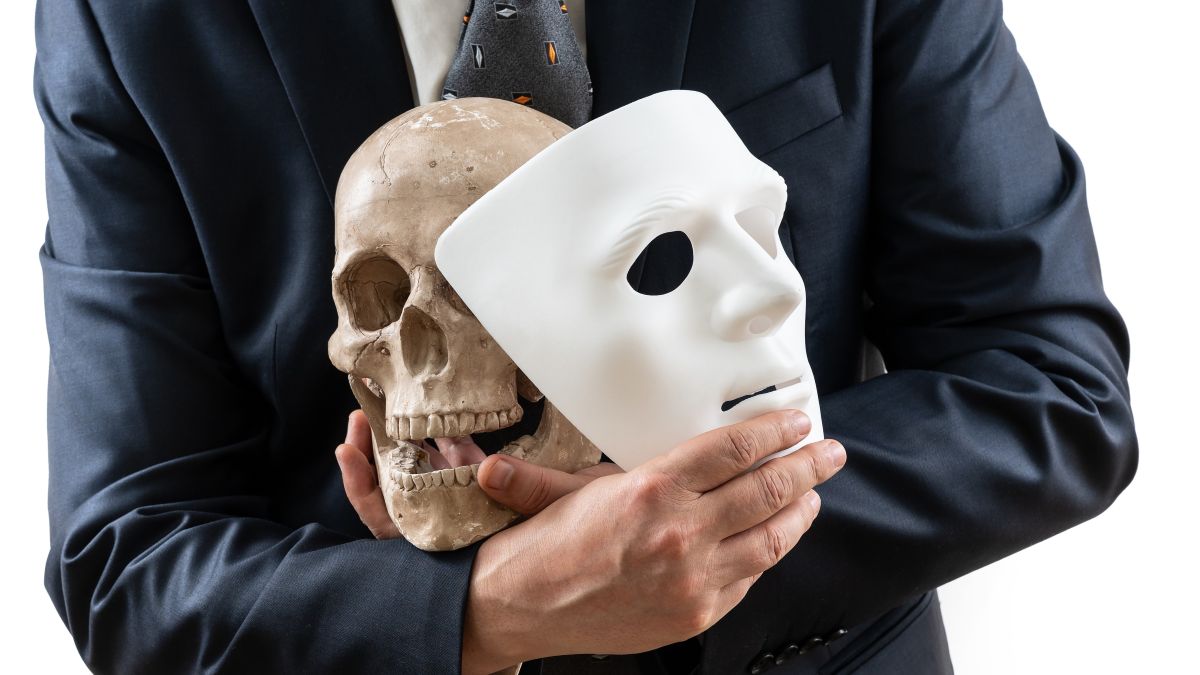


Published: Jun 24, 2024 06:59 am